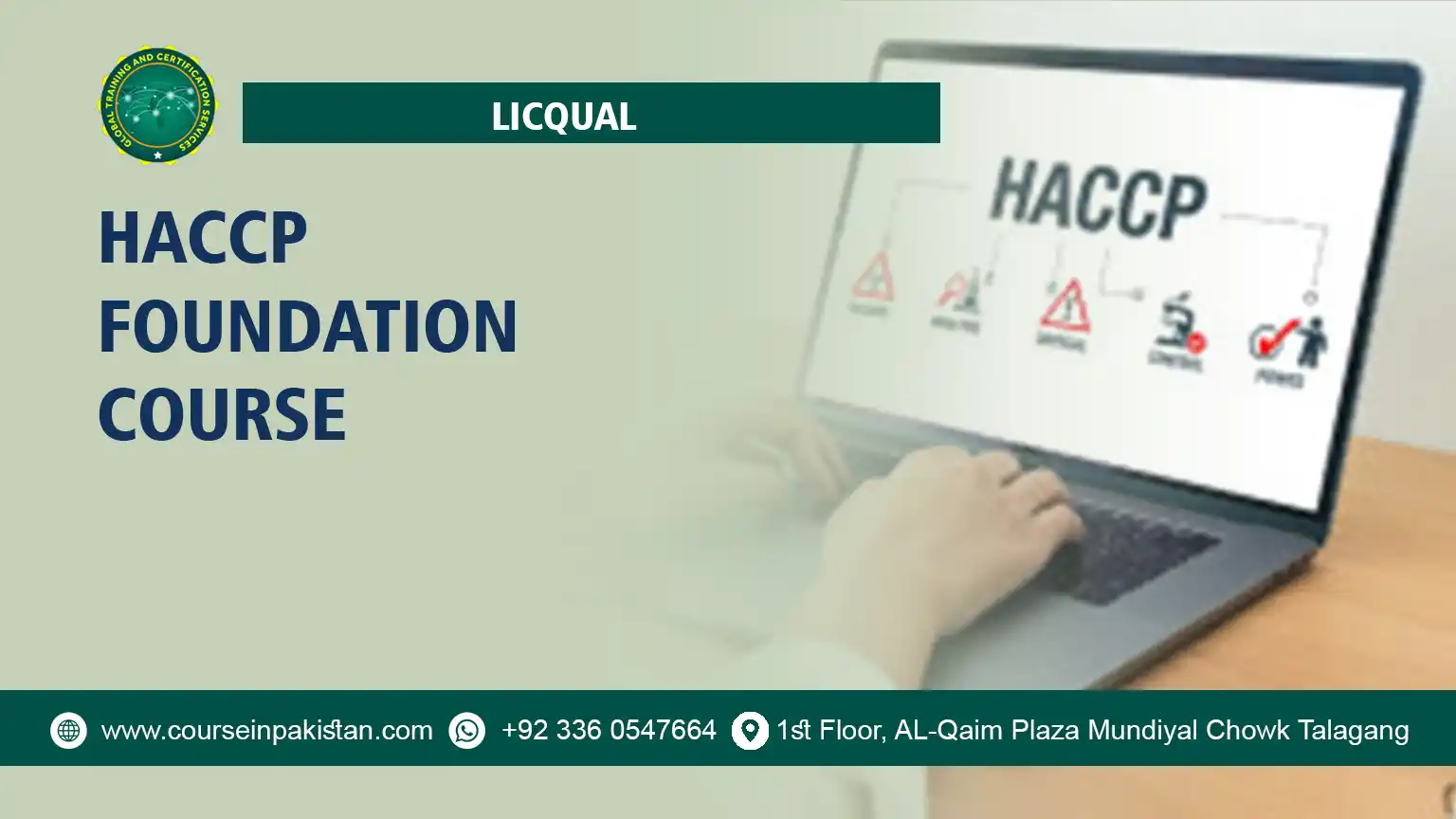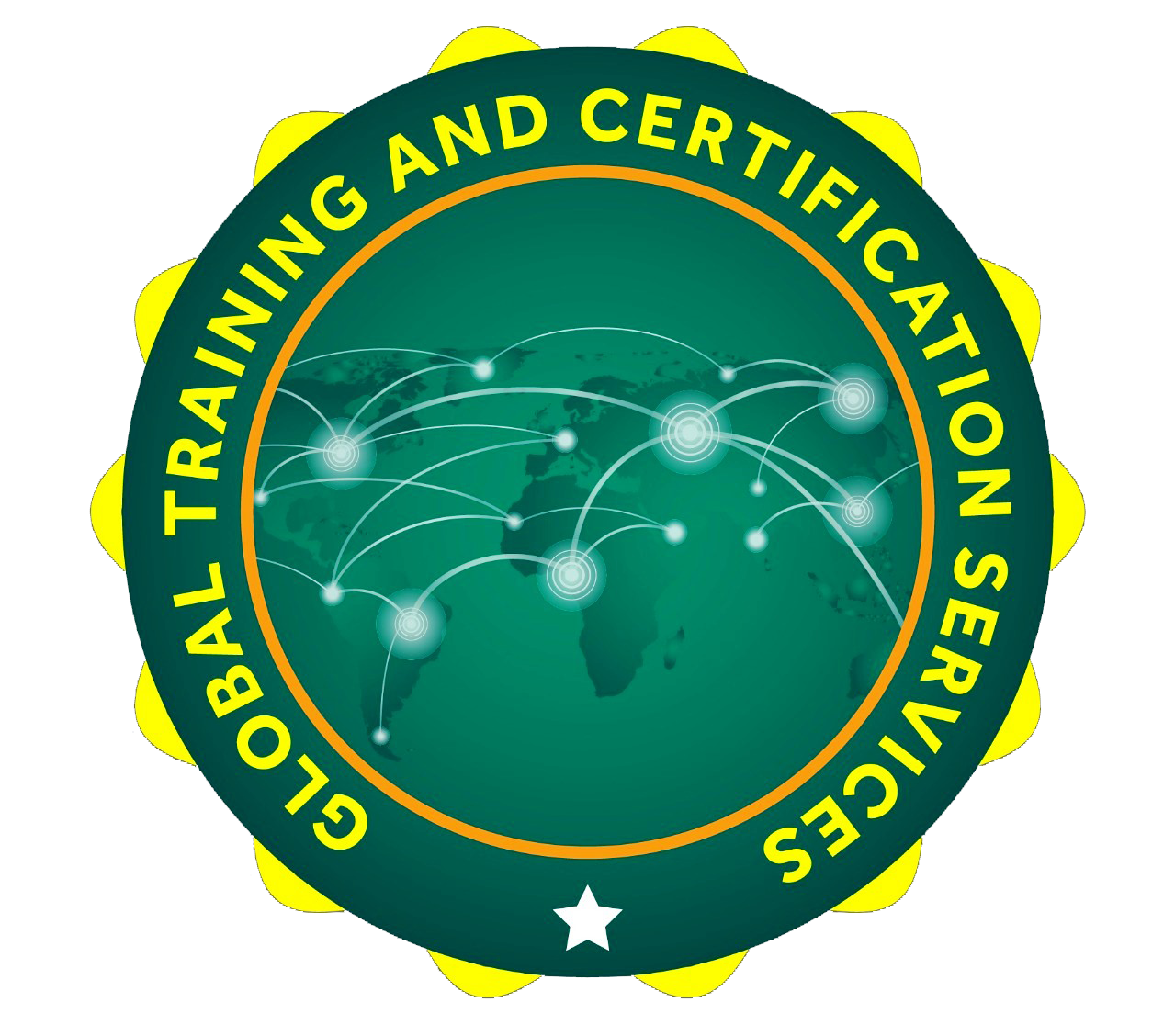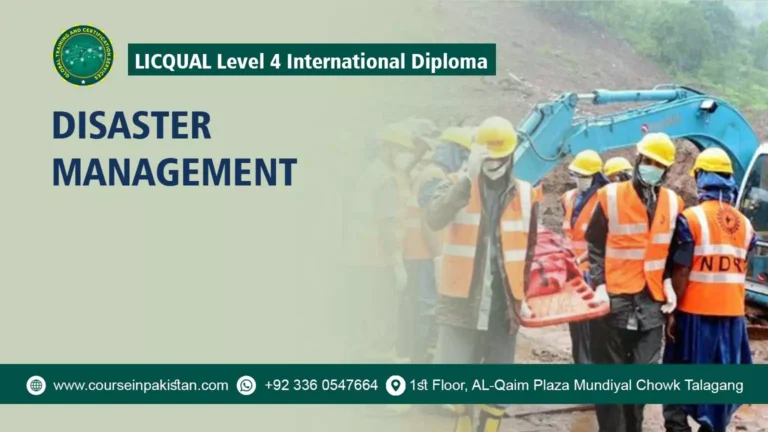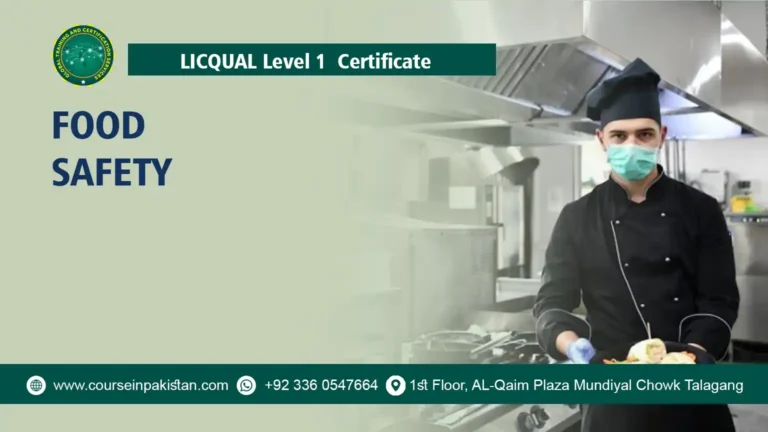
HACCP Foundation Course
The Hazard Analysis and Critical Control Points (HACCP) Foundation Course is designed to provide a fundamental understanding of food safety management systems. It equips participants with the essential knowledge and skills to identify, assess, and control food safety hazards using HACCP principles. This course is ideal for individuals looking to establish a solid foundation in food safety or seeking to refresh their knowledge with current best practices.
Course Overview
The HACCP Foundation Course covers key aspects of food safety management, focusing on preventive measures to ensure the safety and quality of food products. Participants will learn about hazard analysis, critical control points (CCPs), monitoring procedures, corrective actions, and documentation requirements essential for implementing effective HACCP systems. Practical insights and case studies will illustrate real-world applications of HACCP principles in various food handling and processing environments.
Course Benefits
- Comprehensive Understanding: Gain a thorough understanding of HACCP principles and their application in food safety management.
- Enhanced Skills: Develop skills to identify and manage food safety hazards to prevent foodborne illnesses.
- Regulatory Compliance: Learn to comply with food safety regulations and industry standards effectively.
- Career Advancement: Enhance career prospects in food production, processing, quality assurance, and regulatory compliance.
Course Study Units
- Introduction to Food Safety and HACCP
- Food Safety Hazards and Risk Assessment
- The Seven Principles of HACCP
- Critical Control Points and Monitoring
- Establishing Corrective Actions
- HACCP Documentation and Record-Keeping
- Implementing HACCP in Food Industry Settings
Learning Outcomes
Introduction to Food Safety and HACCP:
- Understand the importance of food safety management systems, including Hazard Analysis and Critical Control Points (HACCP).
- Explain the role of HACCP in preventing foodborne illnesses and ensuring consumer safety.
- Recognize the regulatory requirements and industry standards related to food safety and HACCP implementation.
Food Safety Hazards and Risk Assessment:
- Identify common food safety hazards, such as biological, chemical, and physical contaminants.
- Conduct comprehensive risk assessments to evaluate the severity and likelihood of food safety hazards.
- Prioritize hazards based on their potential impact on food safety and public health.
The Seven Principles of HACCP:
- Outline and describe each of the seven principles of HACCP, including hazard analysis, CCP identification, and critical limits.
- Apply HACCP principles to develop systematic control measures and preventive actions.
- Integrate the principles of HACCP into food safety management practices to ensure continuous improvement.
Critical Control Points and Monitoring:
- Identify critical control points (CCPs) where control measures are essential to prevent or eliminate food safety hazards.
- Establish critical limits and monitoring procedures for each CCP to ensure effective control measures.
- Implement monitoring activities to verify compliance with critical limits and CCPs in food industry settings.
Establishing Corrective Actions:
- Develop procedures for addressing deviations from critical limits and CCPs identified during monitoring.
- Implement corrective actions to prevent recurrence of food safety hazards and ensure compliance with HACCP protocols.
- Evaluate the effectiveness of corrective actions through monitoring and verification processes.
HACCP Documentation and Record-Keeping:
- Understand the importance of documentation in HACCP implementation, including maintaining records of hazard analyses, CCPs, and monitoring activities.
- Develop and maintain accurate documentation to demonstrate compliance with regulatory requirements and industry standards.
- Organize HACCP documentation for audits, inspections, and reviews to ensure transparency and accountability.
Implementing HACCP in Food Industry Settings:
- Implement HACCP plans effectively within various food industry settings, such as manufacturing, processing, and distribution.
- Train personnel on HACCP principles, procedures, and responsibilities to ensure consistent implementation and compliance.
- Monitor and evaluate the ongoing effectiveness of HACCP systems to improve food safety practices and mitigate risks.
These learning outcomes equip participants with the knowledge and skills necessary to implement and manage HACCP principles effectively in food industry settings. By focusing on understanding food safety hazards, conducting risk assessments, applying the seven principles of HACCP, establishing critical control points, implementing corrective actions, maintaining accurate documentation, and ensuring effective HACCP implementation, this course ensures safe food handling practices and compliance with regulatory requirements to protect consumer health and enhance food safety standards.
Who is This Course For?
The HACCP Foundation Course is suitable for:
- Individuals new to food safety management or looking to enter the food industry.
- Food handlers, supervisors, and managers involved in food production, processing, and distribution.
- Quality assurance professionals and auditors responsible for ensuring compliance with food safety standards.
Future Progression for This Course
Completion of the HACCP Foundation Course opens pathways for further specialization and career advancement:
- Advanced HACCP Training: Courses focusing on specific sectors or advanced principles of HACCP, such as seafood HACCP or meat and poultry HACCP.
- Certified HACCP Auditor: Certification for professionals interested in auditing HACCP systems and ensuring compliance with global standards.
- Higher Education: Pursue advanced degrees or certifications in food safety management, quality assurance, or regulatory affairs.
HACCP Foundation Course provides a solid foundation in food safety management through HACCP principles. It equips participants with the necessary skills and knowledge to implement preventive measures, identify hazards, and maintain compliance with regulatory requirements, thereby ensuring safe food handling practices and consumer protection.






